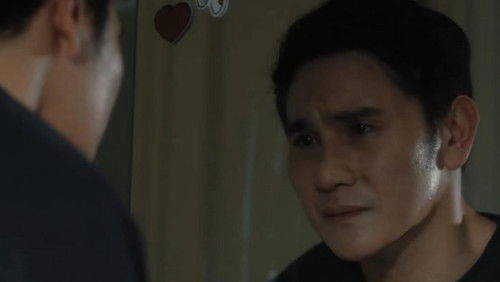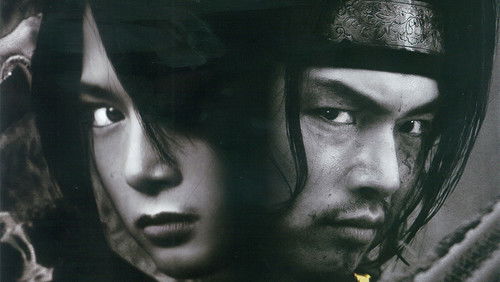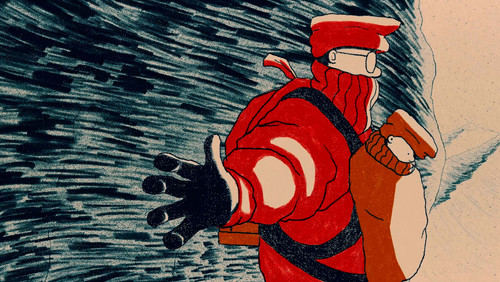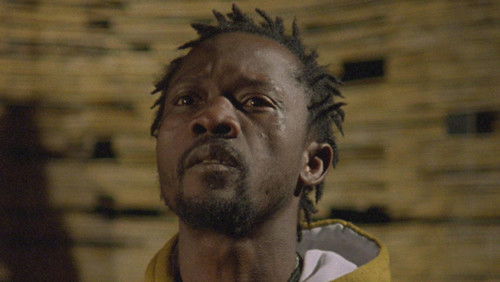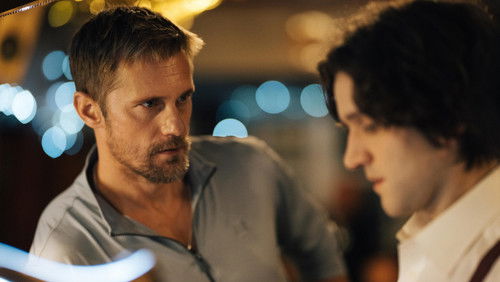Y tu mamá también – Lust for Life (2001)
49KY tu mamá también – Lust for Life: Directed by Alfonso Cuarón. With Daniel Giménez Cacho, Ana López Mercado, Diego Luna, Gael García Bernal. In Mexico, two teenage boys and an attractive older woman embark on a road trip and learn a thing or two about life, friendship, sex, and each other.
“`Y tu Mama tambien,u0026#39; a stunning new product of the New Mexican Cinema that is achieving crossover success in the American film market, is a frank, open and uninhibited celebration of teenage sex masterfully directed by Alfonso Cuaron and beautifully enacted by a trio of first-rate performers. Donu0026#39;t miss it provided you are not offended by sometimes-graphic depictions of sexual activity (please note that the film is unrated). The matter-of-fact, unflinching way in which Cuaron films his sex scenes purges them of indecency and helps to bring a new frankness to a subject all too often approached by American filmmakers from the angle of tittering exploitation (wherein the directors and writers seem as adolescent in their attitudes as the characters on the screen). u003cbr/u003eu003cbr/u003eNot so here. The film centers around two boyhood chums, Tenoch and Julio, just embarking on their careers as university students, who, for one last glorious summer, decide to revel in all the wildness, hedonism and promiscuity that carefree adolescence has to offer (the title of the film is emblematic of the youthful immaturity of the characters). With their girlfriends away in Europe, the two decide to take a road trip through Mexico with Luisa, the attractive young wife of one of Tenochu0026#39;s stuffed shirt cousins. While on the journey, the three of them not only indulge in all the bizarre sexual hijinks that both the situation and their hormones would lead one to expect, but they also learn a thing or two about life, about relationships and about how sex can be used both to bring people closer together as well as to pull them farther apart. For indeed, one thing the film makes very clear both to the characters and to us is that sex can often be employed as a weapon to wound those we care most about, especially with all the power shifting that takes place even in some of the most non-sexual of relationships. The boys also discover that sex can be used as a sublimation to avoid recognizing what one REALLY wants. This awakening leads to a final scene that is almost heartbreaking in its understated poignancy and pathos.u003cbr/u003eu003cbr/u003eOne of the most unsettling and thereby controversial aspects of the film (and the one that will make it uncomfortable for many in the audience) is that it refuses to take a moralistic stance regarding its charactersu0026#39; behavior. The filmmakers neither approve of nor condemn what these young people do they merely record the events with an attitude of detached objectivity that precludes any finger-wagging disapproval. If the characters learn any `lessonsu0026#39; from their experiences, they do so strictly on a subliminal, subconscious level and the same goes for the audience.u003cbr/u003eu003cbr/u003eAs a director, Cuaron displays a confidence and spirit rarely seen in filmmaking today. Along with his co-writer, Carlos Cuaron, the director has chosen to take an objective, almost documentary-style approach to the material, allowing the scenes to play themselves out in a way that makes them feel realistic, spontaneous and almost unscripted. He uses a shaky, handheld camera much of the time to enhance the immediacy of the experience. We often feel as if we are eavesdropping on the lives of these three fascinating individuals. As a result, not a single moment of the film feels forced, contrived or artificial. (Only the fate of one of the characters seems a bit convenient and contrived). Cuaron is not afraid to let the camera linger on a scene a moment two longer than necessary nor is he afraid to let the camera wander off on its own from time to time, such as when it spontaneously follows a woman into the back of a roadside café to show us the cooks hard at work in the kitchen. Many of the shots even have an elegiac, travelogue feel to them.u003cbr/u003eu003cbr/u003eCuaron has been blessed with three outstanding young actors Diego Luna, Gael Garcia and Maribel Verdu who bring his characters to vivid, endearing life. Utterly naturalistic in their every move, gesture and facial expression, the three of them play off each other in such a way that we never doubt for a moment the truth and sincerity of what we are seeing. American actors please take note!u003cbr/u003eu003cbr/u003e`Y tu Mama tambienu0026#39; is a stylistic triumph from first moment to last. It has a playful, expansive spirit, as reflected in its openhearted attitude towards sex, its wry humor, its affection for its people and its country, and its visual appeal and inventiveness (Emmanuel Lubezki did the glorious cinematography). The film has heart, soul and chutzpah. What more could a jaded filmgoer want?”



